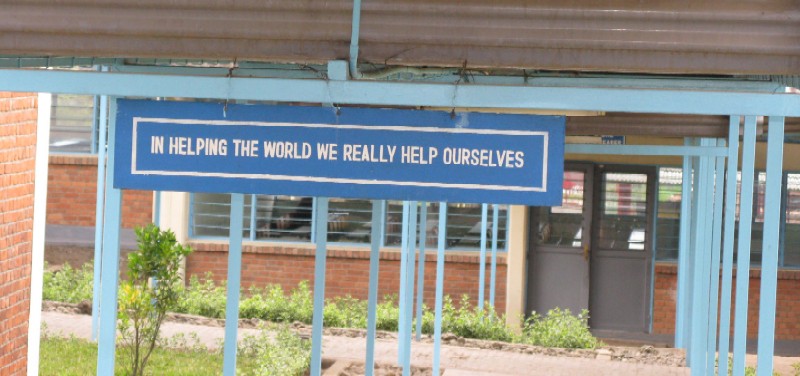Rwanda
July, 2009
Scenery - Rwanda is the Land of 1000 Hills and an absolutely most beautiful country!
Cows - I was part of the team working with farmers on animal husbandry
Learning Spaces - We were there to teach but I feel we learned as much as we taught
Genocide Memorials - We always say, "Never forget." Will we forget again the next time?
Churches and Music - This country lives and sings it's faith
People - Wonderful people we met
Schools
There are six grades (forms) in primary school. About 60% of Rwandan children attend primary school (the number may be higher now). There are six grades in secondary schools and about 10% of children attend secondary school. Starting the middle of the primary forms, you take exams to pass into the next form.
Schools are generally small buildings with tables and benches. Instruction is in French but it is switching to English. Every available space is used for teaching and learning. Here is a skeletal anatomy lesson painted on the bricks on the outside of the school in Mugombu District.
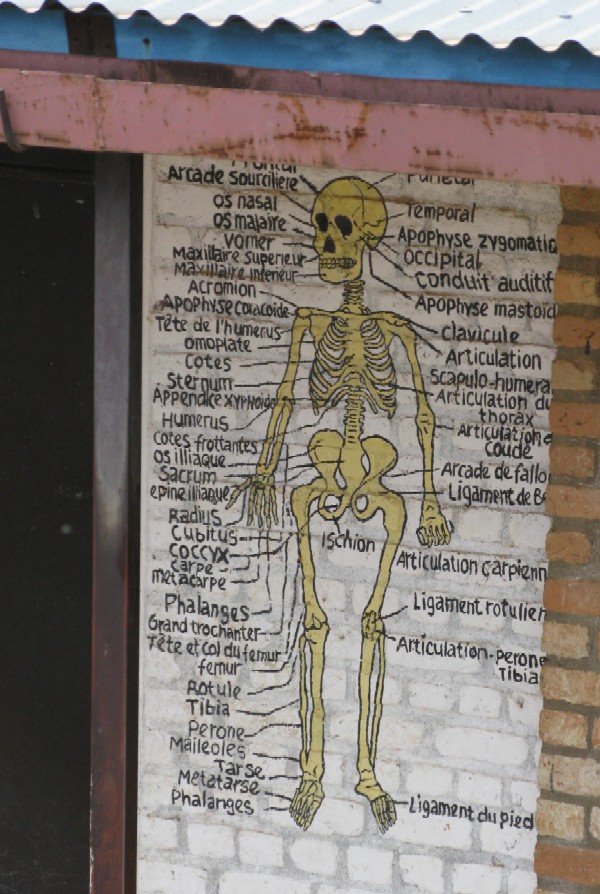
I think I'll use this painting of the structures of the ear in SCI 100.
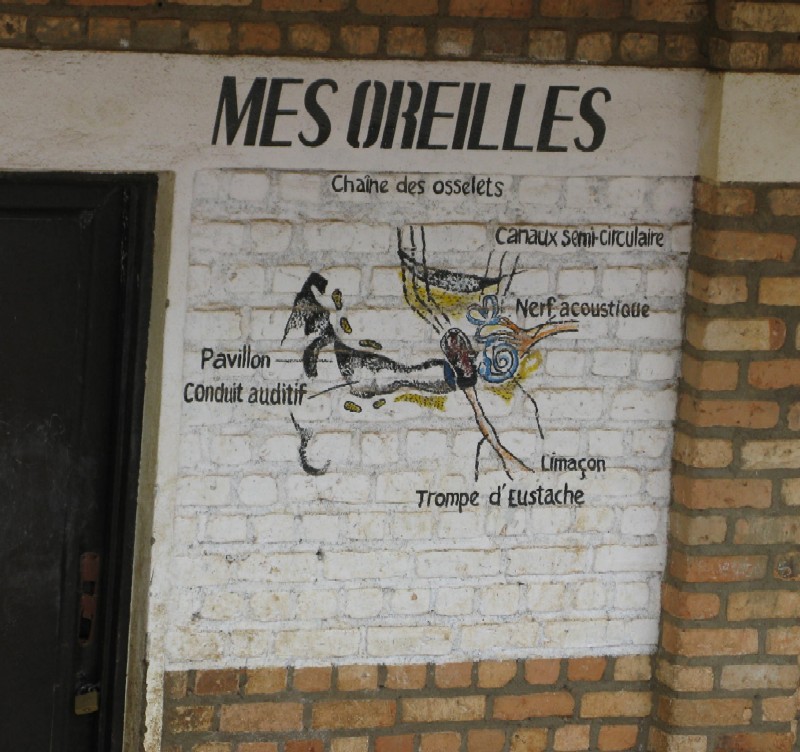
Teaching and Learning
We take our smart classroom and technology and texts and materials for granted. The farmers we worked with had received a cow or two goats but these animals did not come with a users manual. They worked closely with neighbors and formed associations to learn to care for their animals and get as much benefits from these animals as they could. We were teaching basic animal husbandry (food, water, housing, reproduction, parasite control, etc.). The farmers were hungry to learn. They were also excited to share their knowledge with us and each other. Our planned and our just in time teaching and learning experiences were tremendously rewarding to all involved, us, the farmers, and the animals.
We taught in schools
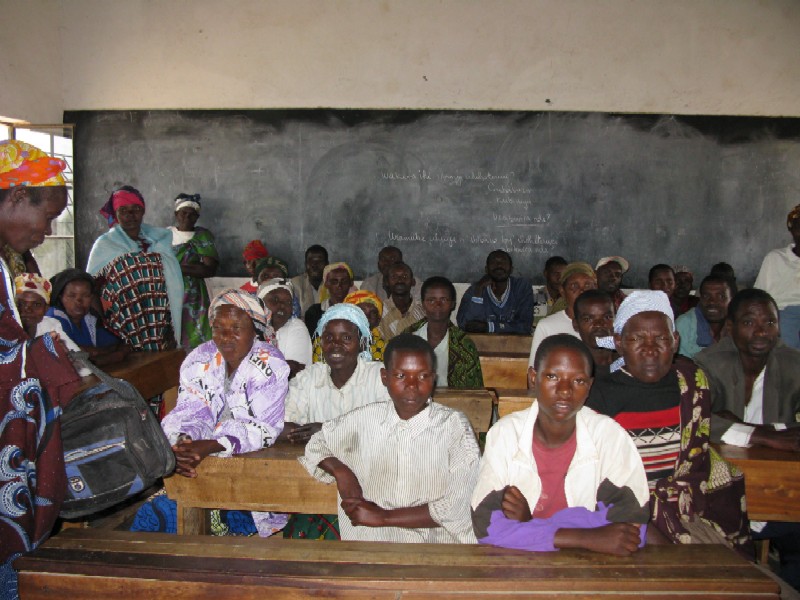
We taught in churches

We taught on the farms
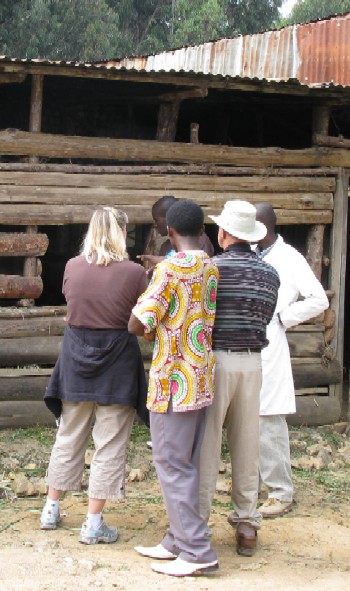

We used paper, translation, large hand movements and pantomime, anything means we could to help the farmers learn animal husbandry. The farmers were very eager to learn. And they learned well! In the seminars, they really liked to flip charts and my little computer and tiny projects. Between the net book, the little Dell projector, and my power source, I could display diagrams, movies, and, yes, even powerpoint. The members of APAP particularly liked the video of a gigantic abscess (very gory!) and the lifecycle of a parasite.

The new vet program at ISAE, Musanze
Pastor Felicien was chosen to attend the new vet school to support the Food Security Program. We visited him and his family in their home near the school. Notice the Obama poster. Many houses proudly displayed similar posters.
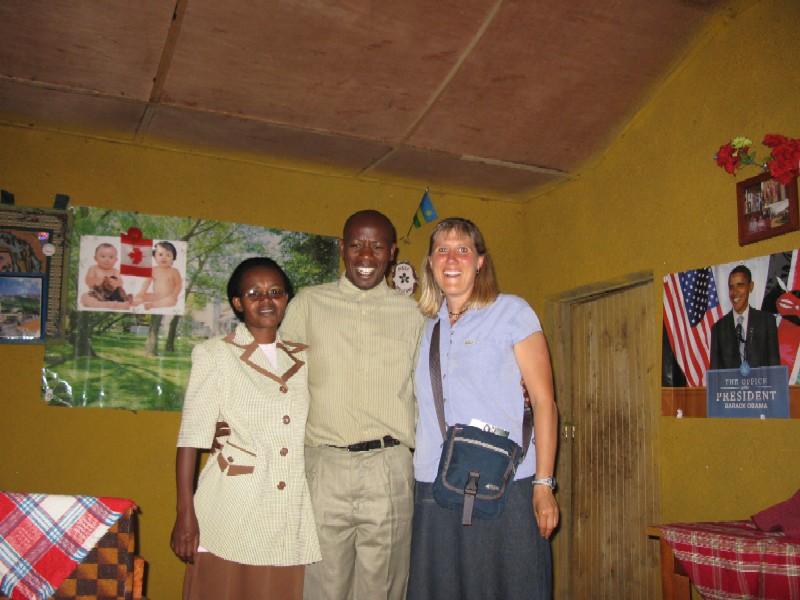
Here's the front entrance to the school.

The buildings are all clearly labeled and house several classrooms. Here's the large Auditorium that squeezes in 350 students. It can display projected images and there may be an Internet connection in the room. A rwandan smart classroom!

Here's a smaller classroom. Look closely and you can see a ppt projection in the corner of the room. Notice how it does not interfere with the blackboard.
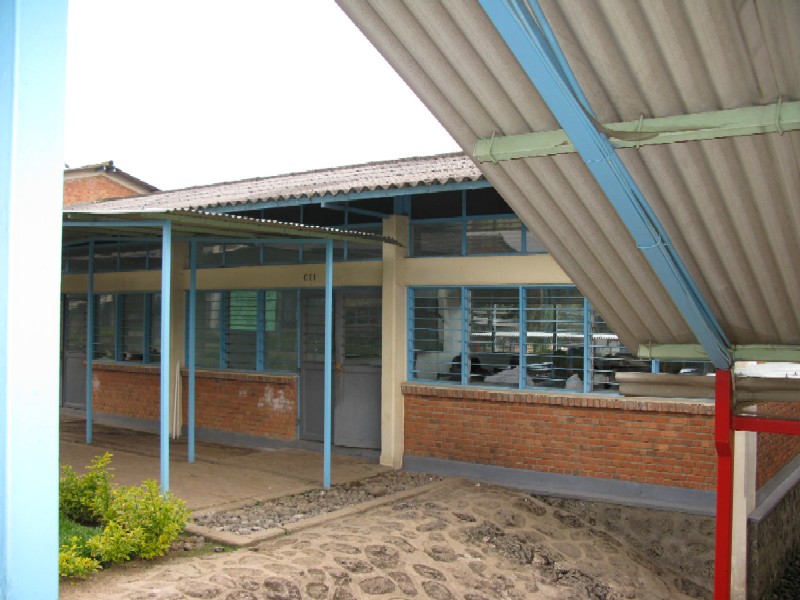
The animal buildings are well done. Here's a calf with a Thomas splint (I know that because I just completed my AAS in Veterinary Technology and passed the VTNE!)
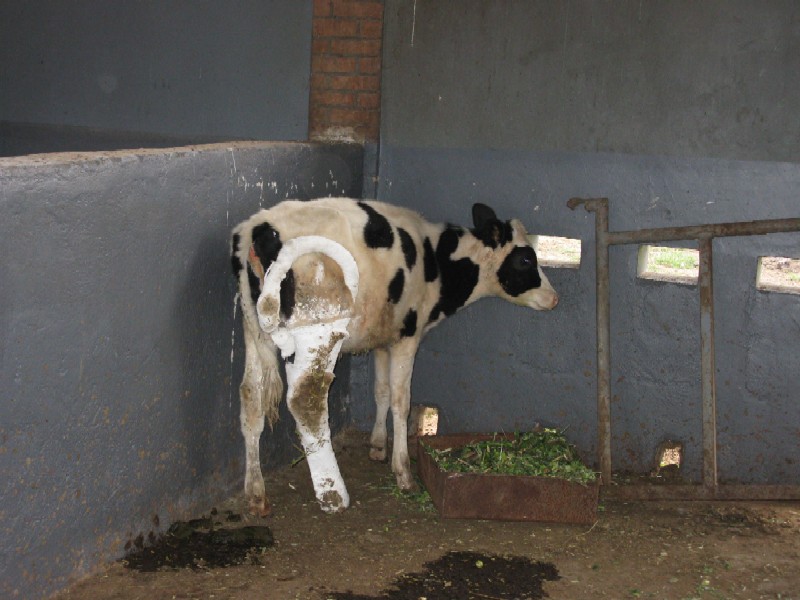
Labs have good equipment. Here's the front desk of a biology lab.
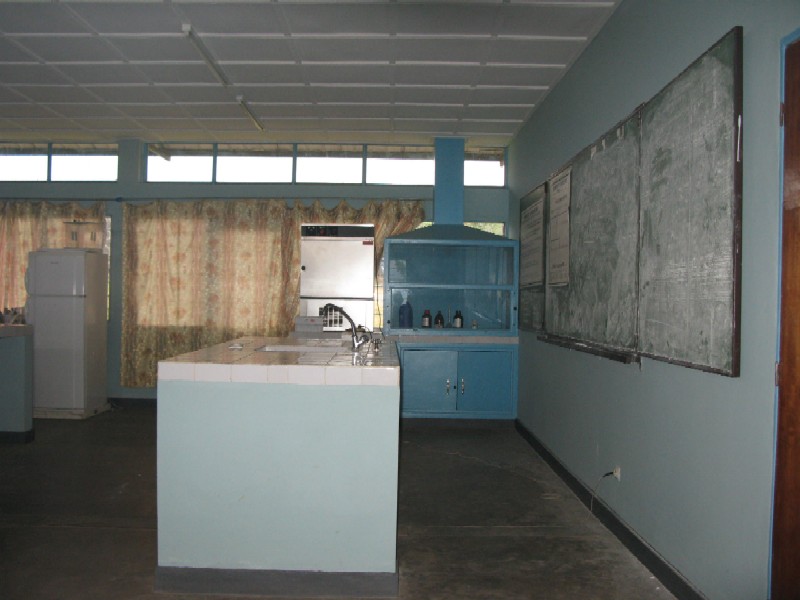
Like everywhere, the computer labs are overbooked and have no free slots for students to use for assignments. Felicien needs a laptop to complete his studies.
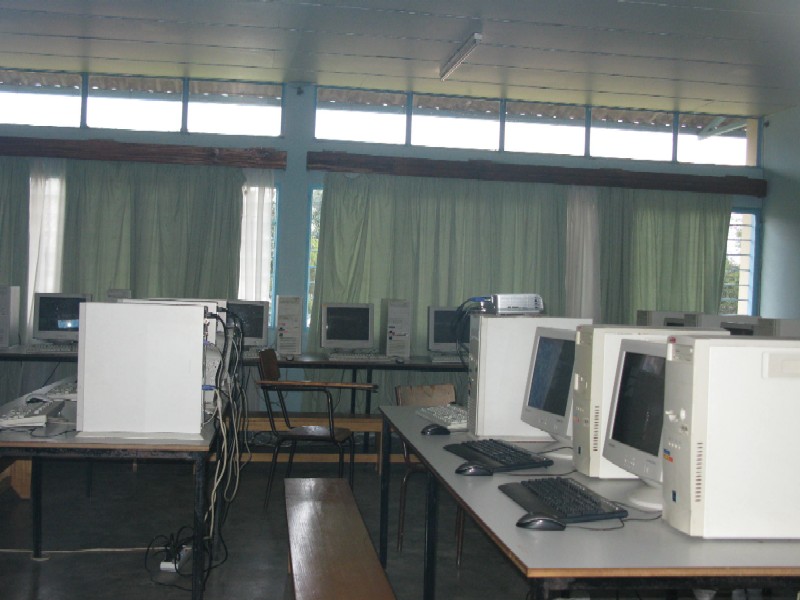
Along the walkways are pithy statements. Here are a couple of my favourites.

